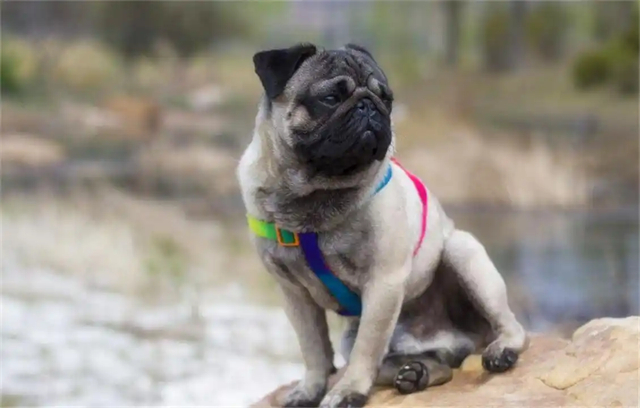Pugs, with their charming wrinkles and playful personalities, are beloved family pets. However, aggression—whether growling, snapping, or biting—can occasionally surface, leaving owners concerned. While Pugs are not inherently aggressive, factors like fear, poor socialization, or health issues may trigger unwanted behaviors. This guide provides actionable, vet-approved methods to correct aggression in Pugs while fostering trust and obedience.
 Article source:https://www.petwoah.com/pet Site-https://www.petwoah.com/774.html
Article source:https://www.petwoah.com/pet Site-https://www.petwoah.com/774.html
Why Do Pugs Show Aggression?
1. Fear or AnxietyArticle source:https://www.petwoah.com/Pet Site-https://www.petwoah.com/774.html
Sudden aggression often stems from fear (e.g., loud noises, unfamiliar people). Pugs may react defensively if they feel threatened.Article source:https://www.petwoah.com/Pet Site-https://www.petwoah.com/774.html
2. Resource GuardingArticle source:https://www.petwoah.com/Pet Site-https://www.petwoah.com/774.html
Food, toys, or sleeping areas can trigger territorial behavior.Article source:https://www.petwoah.com/Pet Site-https://www.petwoah.com/774.html
3. Pain or DiscomfortArticle source:https://www.petwoah.com/Pet Site-https://www.petwoah.com/774.html
Undiagnosed health issues (e.g., joint pain, dental problems) may cause irritability.Article source:https://www.petwoah.com/Pet Site-https://www.petwoah.com/774.html
4. Lack of SocializationArticle source:https://www.petwoah.com/Pet Site-https://www.petwoah.com/774.html
Poor exposure to people, pets, or environments during puppyhood can lead to fear-based aggression.Article source:https://www.petwoah.com/Pet Site-https://www.petwoah.com/774.html
5. OverstimulationArticle source:https://www.petwoah.com/Pet Site-https://www.petwoah.com/774.html
Pugs may snap when overwhelmed by excessive play or attention.
Step-by-Step Aggression Correction Techniques
1. Rule Out Medical Issues
Visit a veterinarian to eliminate pain or illness as the root cause. Conditions like hip dysplasia or eye infections are common in Pugs and can provoke irritability.
2. Use Positive Reinforcement Training
Reward calm behavior with treats, praise, or toys. Avoid punishment, which can worsen fear-based aggression.
- Example: If your Pug growls at guests, reward them for sitting quietly as strangers approach.
3. Practice Controlled Socialization
Gradually expose your Pug to new people, pets, and environments. Start with low-stress settings and increase complexity over time.
4. Address Resource Guarding
Teach the “drop it” or “leave it” command. Trade guarded items for high-value treats to build positive associations.
5. Implement Consistency
Ensure all family members follow the same rules (e.g., no table scraps, designated playtimes) to avoid confusion.
6. Create a Calm Environment
Reduce triggers like loud noises or chaotic interactions. Use calming aids (e.g., pheromone diffusers) for anxious Pugs.
Preventing Future Aggression
- Early Training: Start obedience and socialization classes before 12 weeks of age.
- Routine Exercise: Daily walks and mental stimulation reduce pent-up energy.
- Health Monitoring: Schedule regular vet checkups to catch issues early.
- Avoid Over-Coddling: Reinforce independence to prevent separation anxiety.
When to Seek Professional Help
If aggression persists despite training, consult a certified dog behaviorist. Persistent biting or extreme fear may require specialized intervention.
Correcting aggression in Pugs requires patience, consistency, and empathy. By addressing root causes and using positive reinforcement, owners can nurture a confident, well-adjusted companion. Remember: progress takes time, but the reward—a happy, harmonious bond with your Pug—is worth the effort.

